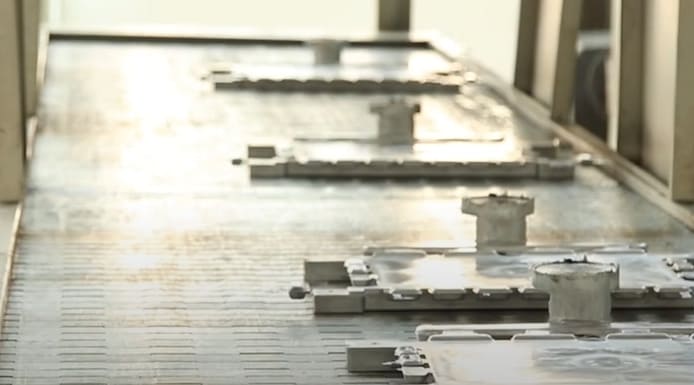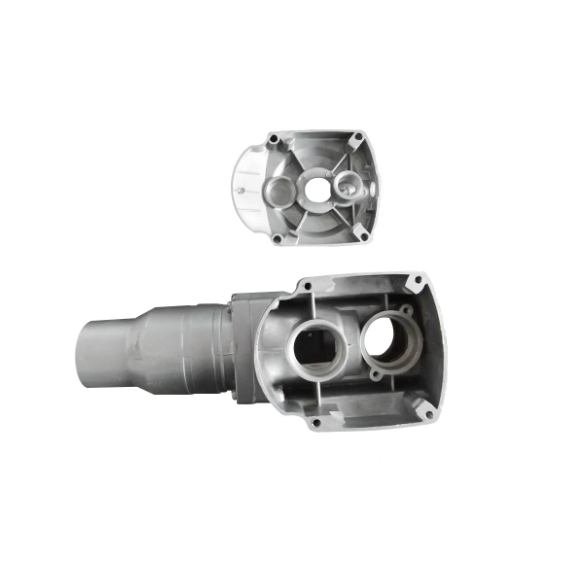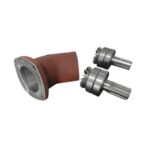
Aluminum is one of the most widely used metals in modern engineering, thanks in part to its favorable strength-to-weight ratio.
Understanding aluminum yield stress and yield strength is crucial for industries that rely on this versatile metal.
What is Yield Stress for Aluminum?
Yield stress, or yield strength, is the stress at which a material begins to deform plastically.
For aluminum, this point is essential because it indicates the maximum stress the material can withstand without permanent deformation.
When aluminum is subjected to stress beyond its yield strength, it will not return to its original shape, leading to potential structural failures.

What is the Yield Strength of Aluminum?
The yield strength of aluminum varies depending on the alloy and its treatment. Generally, pure aluminum has a lower yield strength compared to its alloys.
For example, aluminum alloys can have yield strengths ranging from around 35 MPa (5 ksi) to over 700 MPa (102 ksi) based on specific compositions and tempering processes.
Importance of Yield Strength in Aluminum
Structural Integrity and Safety
The yield strength of aluminum is critical for ensuring that structures and components can handle expected loads without failure.
In industries like aerospace and automotive, even slight failures can lead to catastrophic outcomes. Therefore, knowing the yield strength helps engineers design safer structures.
Manufacturing and Design Considerations
Understanding yield strength aids in selecting the appropriate aluminum alloy for specific applications, helping manufacturers optimize production processes.
For example, higher yield strength alloys may be preferred for parts subjected to high stress.



Applications of Aluminum Yield Strength
Aerospace and Automotive Industries
In the aerospace sector, high-strength aluminum alloys are used in aircraft frames and components, ensuring durability while keeping weight low.
Similarly, the automotive industry utilizes aluminum to enhance fuel efficiency without sacrificing safety.
Construction and Structural Applications
Aluminum’s yield strength is also vital in construction, where it supports buildings, bridges, and other infrastructures. Knowing the yield strength helps architects and engineers create robust designs.

Yield Strength of Different Aluminum Alloys
Overview of Common Aluminum Alloys
Different aluminum alloys exhibit varying yield strengths based on their composition and processing. The most common alloys include:
- 6061: Widely used for its good mechanical properties.
- 7075: Known for its high strength.
- 2024: Often used in aerospace applications.
Definition and Importance
Yield strength refers to the stress at which a material begins to deform plastically.
Beyond this point, the material will not return to its original shape, which is critical in applications where structural integrity is vital.
Yield Stress vs. Yield Strength
While often used interchangeably, yield stress typically refers to the stress level, while yield strength denotes the material’s resistance to deformation.
Both concepts are crucial for understanding how aluminum behaves under load.



Factors Influencing Yield Strength in Aluminum
Composition of Alloys
The specific alloying elements added to aluminum, such as copper, magnesium, manganese, or zinc, significantly affect yield strength.
For example, 7075 aluminum, which contains zinc, has a much higher yield strength compared to 6061 aluminum.
Temperature Effects
Yield strength can vary with temperature. Generally, aluminum’s yield strength decreases as temperatures increase. This behavior is important in applications involving extreme heat or cold.
Yield Strength in Different Units (psi, MPa)
Yield strength is often expressed in psi (pounds per square inch) or MPa (megapascals). Understanding both units is helpful, especially when dealing with international standards.



Aluminum Strength Charts
Overview of Aluminum Alloy Strengths
Strength charts provide a quick reference for comparing the yield strengths of different aluminum alloys. This can be essential when selecting materials for specific applications.
Comparing Aluminum to Other Metals
Aluminum generally has a lower yield strength compared to metals like steel but is preferred for its lightweight and corrosion-resistant properties, making it suitable for various applications.
Applications of Aluminum Based on Yield Strength
Structural Applications
Aluminum is widely used in structural applications such as bridges and buildings due to its favorable strength-to-weight ratio and corrosion resistance.
Selecting the right alloy based on yield strength is crucial for safety and performance.
Aerospace and Automotive Uses
In aerospace and automotive industries, aluminum alloys with high yield strengths are often used to reduce weight while maintaining performance and safety.
The right alloy selection can lead to significant improvements in fuel efficiency and overall performance.

Summary and Conclusion
Understanding aluminum yield strength is vital for engineers and designers working with this versatile metal.
Knowing the yield strengths of various aluminum alloys helps in selecting the right material for applications, ensuring safety and effectiveness.
With a range of yield strengths available, aluminum remains a popular choice across many industries.



















